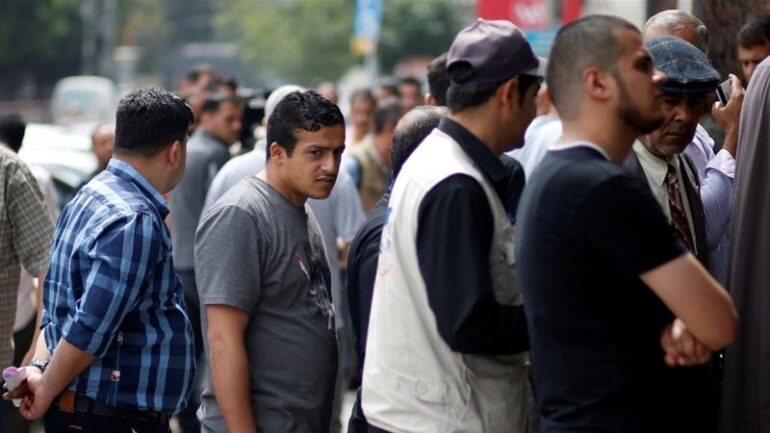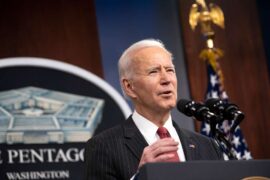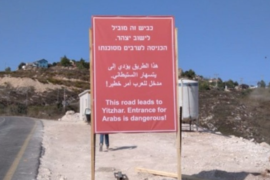The World Bank reported on Tuesday that the Hamas-controlled Gaza region’s economy is in “free fall,” calling for urgent international steps to avoid “immediate collapse.”
According to the report, Gaza’s economy contracted by 6 percent in the first quarter of 2018 and unemployment is now over 70 percent among Gaza’s youth (and over 50% for the general population). One in two Gazans reportedly live below the poverty line.
The World Bank cited various factors for the precarious downturn, starting with Israel’s decade-long blockade against the territory, budget cuts by the rival Palestinian Authority in Ramallah, and a reduction in international aid to the Palestinians, particularly from the United States.
According to the report, the Fatah-led PA has reduced its monthly payments to Gaza by some $30 million.
US President Donald Trump’s administration has meanwhile cut more than $500 million in aid to the Palestinians.
The report is expected to be presented to the international donor group for the Palestinians, known as the Ad Hoc Liaison Committee, at its meeting in New York this Thursday on the sidelines of the United Nations General Assembly.
The meeting is scheduled to coincide with speeches to the assembly by both Palestinian Authority President Mahmoud Abbas and Israeli Prime Minister Binyamin Netanyahu (Likud).
Since US President George W. Bush forced Israel from the Gaza region in 2005, the situation has gradually worsened for both the Gaza Palestinians and Israelis living in the south. The humanitarian crisis in Gaza fuels hatred of Israel, which then serves to justify the blockade in the minds of mainstream Israelis.
Every couple of years since 2005, Gazan violence has flared against Israeli population centers in the south and Jerusalem has responded with devastating force.
While the World Bank may know how to measure poverty and unemployment, the solutions it suggests almost always ensure dependency on the imperialist powers. Needless to say, foreign aid isn’t the answer.
Israel’s blockade is meanwhile untenable and morally indefensible. Between 1967 and 2005, Israelis could argue that Gaza was an intrinsic part of the Jewish homeland. Objectively speaking, it was disputed territory.
But in addition to destroying all Jewish communities and forcibly expelling all Jews from the Gaza region in 2005, Prime Minister Ariel Sharon (Likud) also officially relinquished all Jewish national claims to the territory.
One cannot relinquish claims to a territory yet insist on permanently controlling its borders, shores, and airspace.
The only solution for Gaza that could potentially address the needs of Israelis and Palestinians would be for Israel to acknowledge its mistake in submitting to American pressure, retake the territory, assume full economic and social responsibility, and offer meaningful economic incentives and support for any Palestinians seeking either to return to areas of Israel their families fled in 1948 or to relocate to Israel’s developing south.
Such a solution would obviously include Gaza becoming part of the State of Israel, the rebuilding of the Jewish communities destroyed by Sharon in 2005, and the dismantling of any organization seeking to undermine Israeli sovereignty through violence.
Due to the general experiences of Palestinians over the last 70 years, most notably the specific experiences of Gazans over the last decade, Israel would need to engage in meaningful trust building measures. But these would be well worth the rewards of restoring Gaza to Eretz Yisrael, attaining peace on the southern front, and solving a humanitarian crisis the world sees Israel as primarily responsible for.






The money Gaza gets goes to the bank accounts of the Hamas leaders. It does the average Arab in Gaza no good as money is dumped to build terror tunnels and other terror methods against Israel.